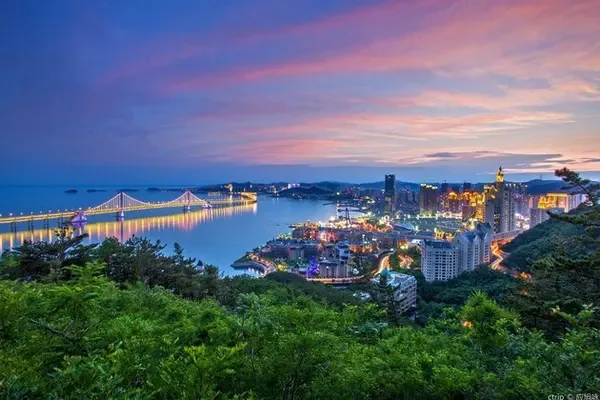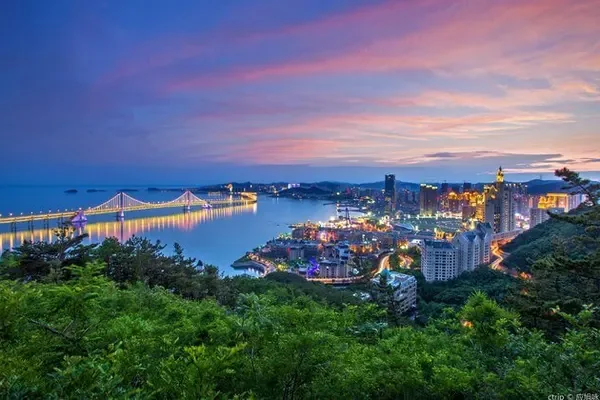introduce
The National Museum of China is the highest institution representing the collection, research, display, and interpretation of representative material evidence that can fully reflect China's excellent traditional culture, revolutionary culture, and advanced socialist culture.
The predecessor of the National Museum of China can be traced back to the Preparatory Office of the National Museum of History established in 1912. In 2003, according to the decision of the central government, the National Museum of Chinese History and the Museum of the Chinese Revolution were merged into the National Museum of China. In 2007, the National Museum of China started the reconstruction and expansion project, and the new museum was completed and opened in March 2011. The new building retains the west, north and south facades of the original old building. The new museum has a total land area of 70,000 square meters, a building height of 42.5 meters, 5 floors above ground, 2 floors underground, 48 exhibition halls, and a construction area of nearly 200,000 square meters.
The National Museum of China currently has a collection of more than 1.4 million items, covering ancient cultural relics, modern and modern cultural relics, books and rare books, artworks and other categories. Among them, there are 815,000 pieces (sets) of ancient cultural relics, 340,000 pieces (sets) of modern cultural relics, more than 240,000 pieces (sets) of rare books and ancient books, and a total of nearly 6,000 pieces (sets) of first-class cultural relics. In recent years, especially since the 19th National Congress of the Communist Party of China, the National Museum of China has intensified the collection of representative evidence reflecting revolutionary culture and contemporary advanced culture, openly collecting cultural relics collections from the public, collecting an average of about 50 sets of ancient cultural relics each year, and modern cultural relics , More than 1,000 sets of objects and artworks.
The exhibitions of the National Museum of China include three series of basic exhibitions, special exhibitions, and temporary exhibitions, forming a three-dimensional exhibition system covering themed exhibitions, basic exhibitions, special exhibitions, and temporary exhibitions. Among them, "Ancient China", "Road to Rejuvenation" and "New Era Part of the Road to Rejuvenation" are the basic displays of the National Museum. An important place for values. The special exhibitions are mainly based on the collection of cultural relics, including more than ten special exhibitions such as ancient Chinese bronzes, Buddha statues, jade, porcelain, modern classic art works, and African wood carvings. Temporary exhibitions include two categories: self-planned exhibitions and introduced exchange exhibitions, covering many aspects such as history and culture, fine cultural relics, archaeological discoveries, classic art works, regional culture, and international exchanges, with an average of more than 40 exhibitions held every year. In 2018, the number of visitors to the National Museum reached more than 8.61 million, creating a record high for visitors. It is one of the most popular museums in the world. Especially during the period of "Great Changes - Large-scale Exhibition Celebrating the 40th Anniversary of Reform and Opening Up", the National Museum received more than 4.23 million visitors. This exhibition, which showcases the miracles and great changes in the land of China in the past 40 years, has not only become the focus of media attention at home and abroad, but also set a new record for exhibition arrangement, exhibition viewing and response, setting a new benchmark for large-scale exhibition activities.
The National Museum of China has rich research resources, a solid research foundation and a strong research force, and is the industry leader in the development of domestic museums.
Since 2018, in accordance with the principle of "not seeking what is hidden, but what is exhibited, open cooperation, mutual benefit and win-win", we have established strategic partnerships with many cultural and museum institutions, institutions and universities at home and abroad to jointly carry out academic research and hold cultural relics High-quality exhibitions, seminars, post-doctoral scientific research workstations, and the establishment of two international organizations, the BRICS National Museum Alliance and the Silk Road Museum Alliance, strive to promote socialist core values, enhance cultural self-confidence, promote exchanges and mutual learning between Chinese and foreign civilizations, and build Play a greater role and make greater contributions to the socialist cultural power.
opening hours
All year round Tuesday to Sunday 09:00-17:00 (last admission 16:00) Closed on Monday; Chinese legal holidays 09:00-17:00 (last admission 16:00)


